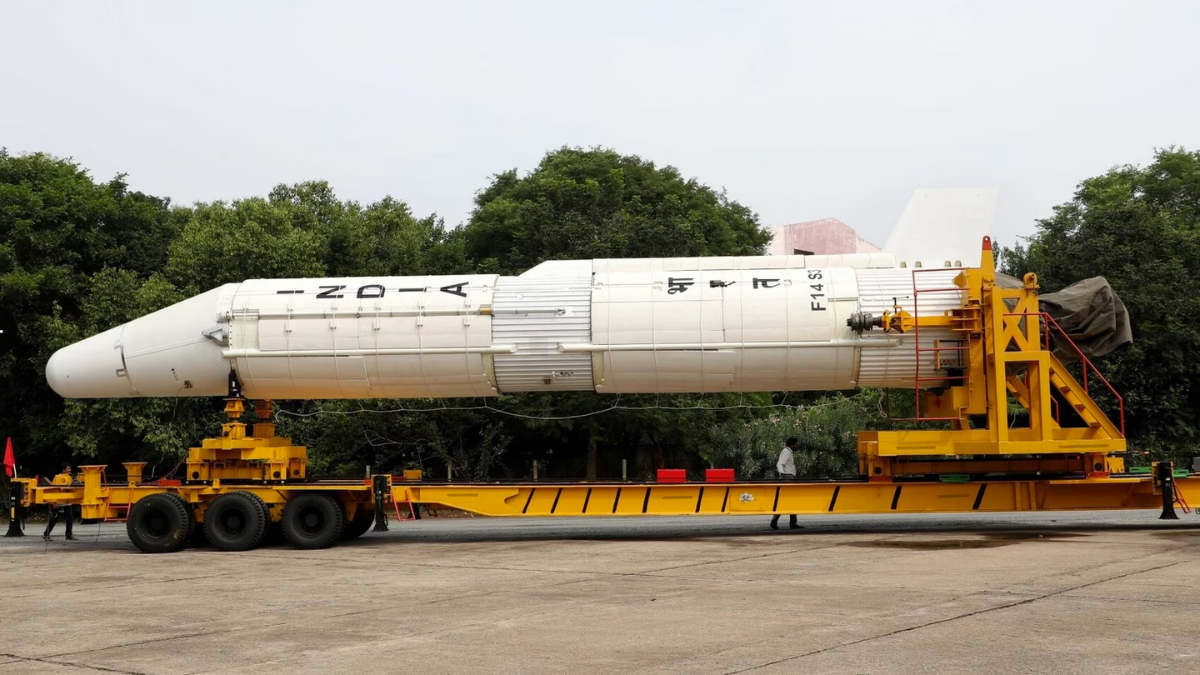As it prepares to launch the INSAT-3DS, a modern meteorological and disaster warning satellite, the Indian Space Research Organisation (ISRO) is about to experience another historic event. It will be carried out with ISRO’s powerful Geosynchronous Satellite Launch Vehicle (GSLV), which will be the heavy-lift rocket’s sixteenth flight.
The Ministry of Earth Sciences (MoES) fully funds the INSAT-3DS, which weighs 2,274 kg. This announcement from ISRO highlights the cooperative efforts to advance India’s space technological capabilities. Once the Mission Readiness Review Committee and the Launch Authorization Board approve, the launch is set for this Saturday evening.
With a lift-off mass of 420 tonnes and a height of 51.7 metres, the GSLV is a key component in deploying INSAT-3DS into the Geosynchronous Transfer Orbit (GTO). About 19 minutes after liftoff, the satellite will be 170 kilometres above the Earth with an inclination of 19.35 degrees towards the equator.
To make sure the GSLV is prepared for this significant mission, propellant filling procedures will be a crucial stage during the countdown. A sequence of orbit-raising procedures will be carried out after launch to precisely position the satellite in the GTO.
INSAT-3DS is a significant step forward for India’s space programme and demonstrates ISRO’s steadfast dedication to using space technology for the benefit of society. India’s proficiency in meteorology, disaster management, and other areas is anticipated to be improved by the satellite’s increased capabilities.
INSAT-3DS is positioned to become a significant contributor to India’s space exploration and innovation, highlighting the collaborative development method. With every successful mission, the country’s space technological prowess is demonstrated, enhancing its standing internationally.


